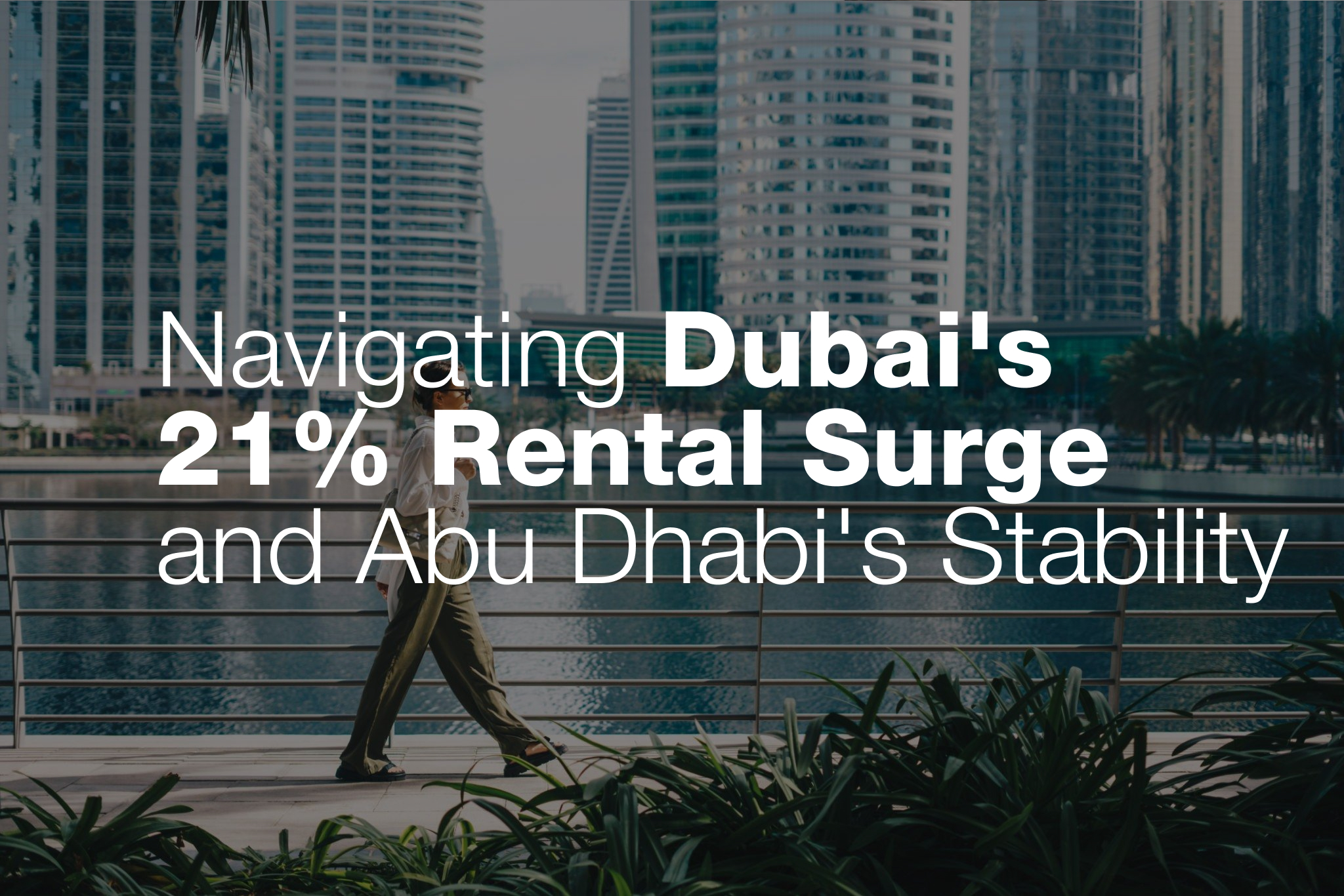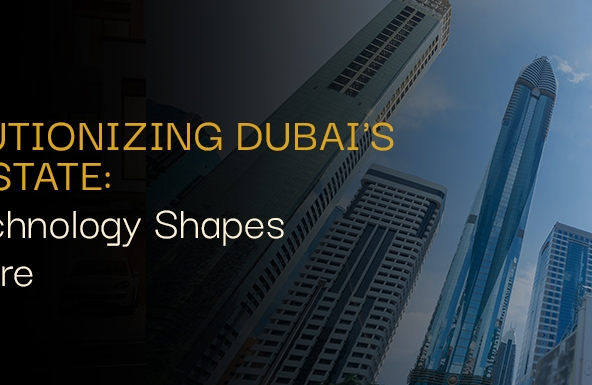The UAE, as one of the world’s prime real estate markets, never fails to surprise with its ability to transform and adapt. Recent trends and findings spotlight intriguing developments within the sectors of Dubai and Abu Dhabi.
Dubai: Renting at a Premium
Despite global economic challenges, Dubai’s real estate market remains buoyant, outpacing many global counterparts. The Q2 2023 report highlights this, with nearly 11,000 residential units introduced in this quarter alone.
A closer look reveals:
- 9,400 of these were apartments.
- The remainder, villas, showed a slowdown, but this is expected to rev up by the end of the year, with a significant 20,000 completions anticipated in the 2024-25 window.
Despite this influx, Dubai’s rental market isn’t untouched by shifts in micro real estate dynamics. Some locales, like Meydan and Arabian Ranches 3, observed meagre rental growth, due to the burgeoning supply. Contrarily, hubs like Dubai Silicon Oasis and Jumeirah Beach Residence saw rent prices soar, largely due to their limited availability.
Year-on-year figures are even more staggering:
- Apartments, villas, and office rental rates shot up by 21%, 23%, and 25% respectively.
- Even with a slight slowdown in certain areas, the demand for top-tier, hybrid office spaces keeps growing. Sales in Dubai, too, witness a deceleration. Yet, iconic locations like Palm Jumeirah and Bluewaters continue to break records.
Abu Dhabi: Stability is the Key
Abu Dhabi presents a contrast. With 1,400 new apartments introduced in Q2 2023 and a future delivery of 2,200 apartments and 850 villas by year’s end, the focus here is largely on expansion.
The majority of this expansion is clustered around Al Reem Island and Saadiyat Island, with several projects in the pipeline for 2023-24. New launches include the likes of Murjan Saadiyat and Jubail Island – Phase 3.
Rental rates, particularly for top-notch developments, increased between 2% to 5% over Q2 2023. Prime villa locales on Saadiyat and Yas Islands remain favorites, with an impressive 10% rental hike year-on-year.
In contrast, lower-tier developments remain stable due to the increased supply. The demand for Grade A and B+ office spaces continues to surge, with significant interest from companies looking to set their footprint in Abu Dhabi.
Transactional volumes also surged in Q2, mainly driven by the end-user segment. Apartment sales prices remained stable, with villas witnessing close to a 2% quarterly growth.
In summary, while Dubai’s real estate market keeps surging with increased rents and vibrant sales activities, Abu Dhabi showcases a more stable and steady growth pattern. Both cities, with their respective strategies and appeals, demonstrate the UAE’s real estate prowess on the global stage. Investors and businesses alike should keep a keen eye on these markets as they continue to evolve.



